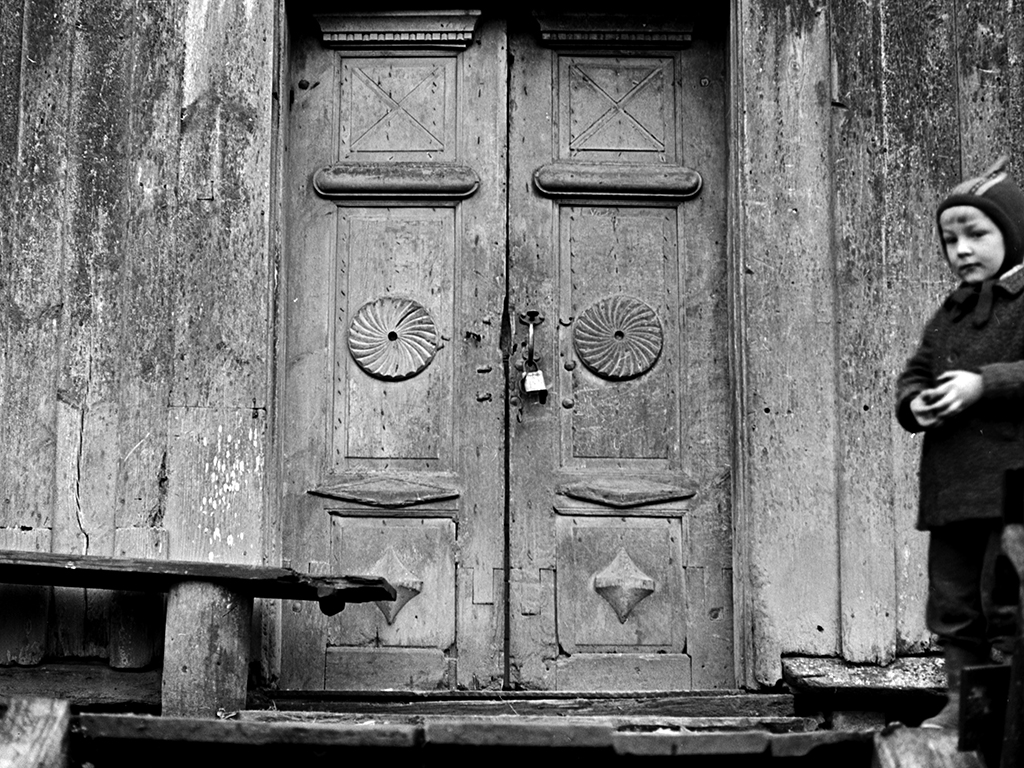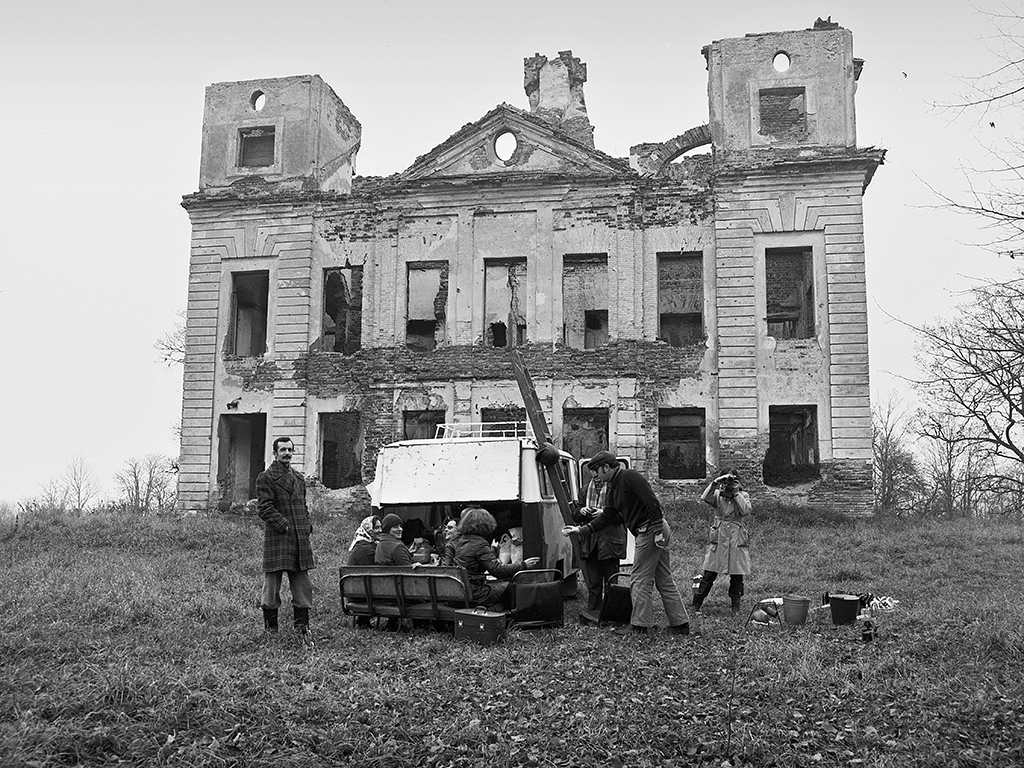To mark the fiftieth anniversary of the Museum, the Rundāle Palace Museum will open an exhibition “Doors to History: The Activities of the Rundāle Palace Museum in the Exploration of Architecture and Art” on 30 September.
The preservation of the cultural heritage of manors and churches was not in line with the ideology of the Soviet authorities, so most of them were destined for neglect at best and targeted destruction at worst. The Rundāle Palace Museum was one of the few museums that dared to save church equipment, objects, and architectural details of buildings, and one of the first museums in Latvia to undertake in-depth research of cultural and historical objects.
The exhibition at Rundāle Palace pays homage to the expeditions that the staff of the Rundāle Palace Museum undertook in the 1960s – 1980s to identify, survey and preserve cultural heritage. These expeditions identified more than 3,000 cultural monuments, many of which were further studied, recording the state of the objects at the time, and trying to establish what they looked like in their original form.

For example, in-depth studies were carried out at the Ducal palaces of the Biron dynasty in Luste, Jelgava and Vircava. The exhibition will show architectural and construction details from these palaces, as well as photographs depicting the condition of these buildings at different times. Many of the exhibits have not been fully restored and give an idea of the condition in which the objects came to the Museum and the work that the restorers had to devote.
Over the past 50 years, the Museum has employed 45 restorers specialising in various fields. They have done a great deal of work in the restoration of objects from the Museum's collection and the cultural heritage of Latvia, additionally working in situ in manor houses and church buildings. Restoration of some objects involved not only the Rundāle Palace Museum specialists.
The exhibition is complemented by large-format black-and-white photographs of research objects and everyday scenes from the expeditions. Living conditions during these expeditions were very modest, sometimes having to stay in tents for several days, cook soup on a campfire and make their own tools.
The core of the working group of the exhibition consists of specialists from the Art Research Department of Rundāle Palace Museum – Anita Bistere, exhibition curator; Lauma Lancmane, exhibition artist – and Katrīna Vasiļevska, graphic designer. A wide range of Rundāle Palace Museum specialists have participated in the creation and arrangement of the exhibition.
On 21 October, the Rundāle Palace Museum will host a conference on the exhibition's theme to conclude the series of events dedicated to the 50th anniversary of the Museum. The focus will be on the latest research and discoveries in Latvian architecture and art, covering the period from the 18th century to the early 20th century.



























